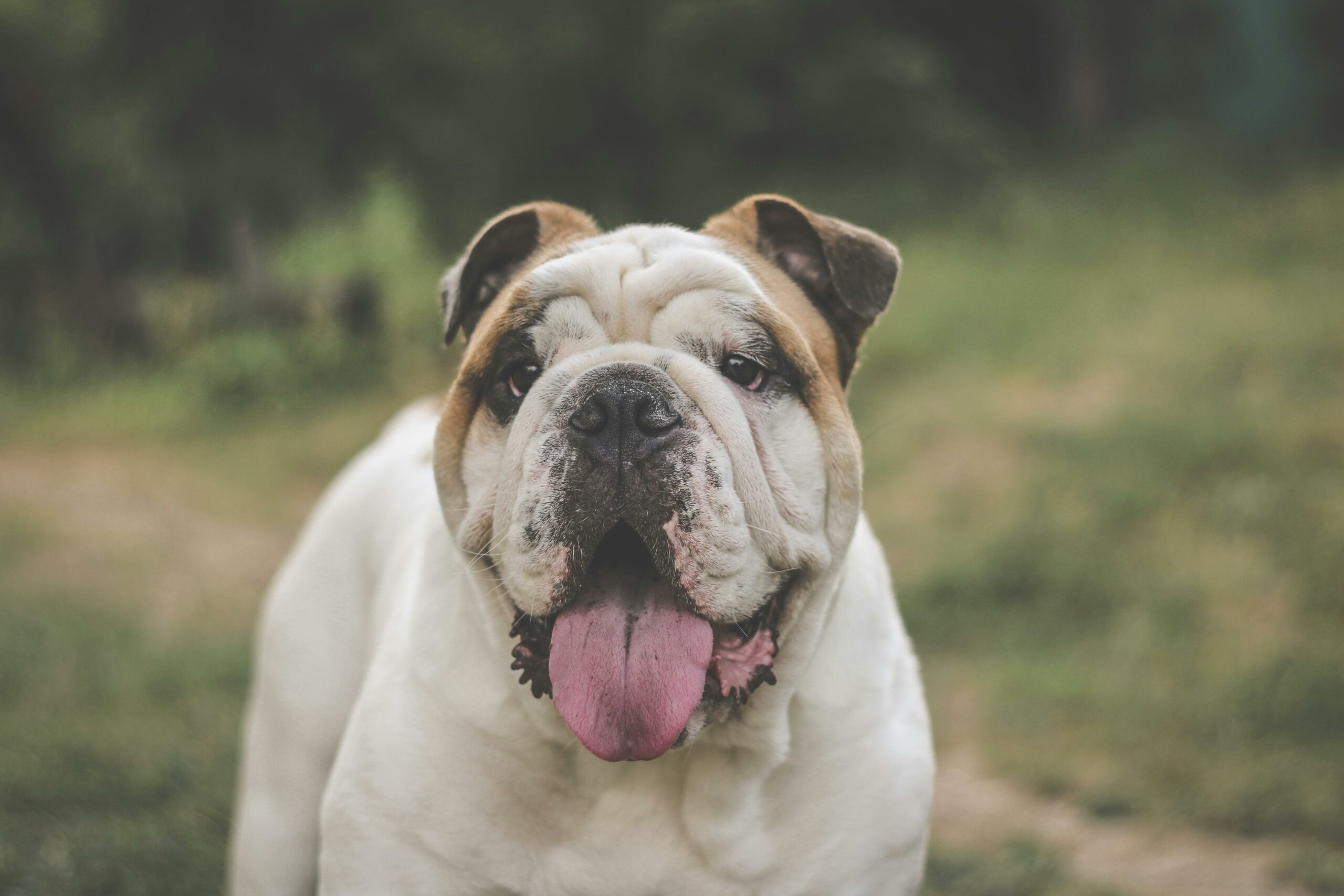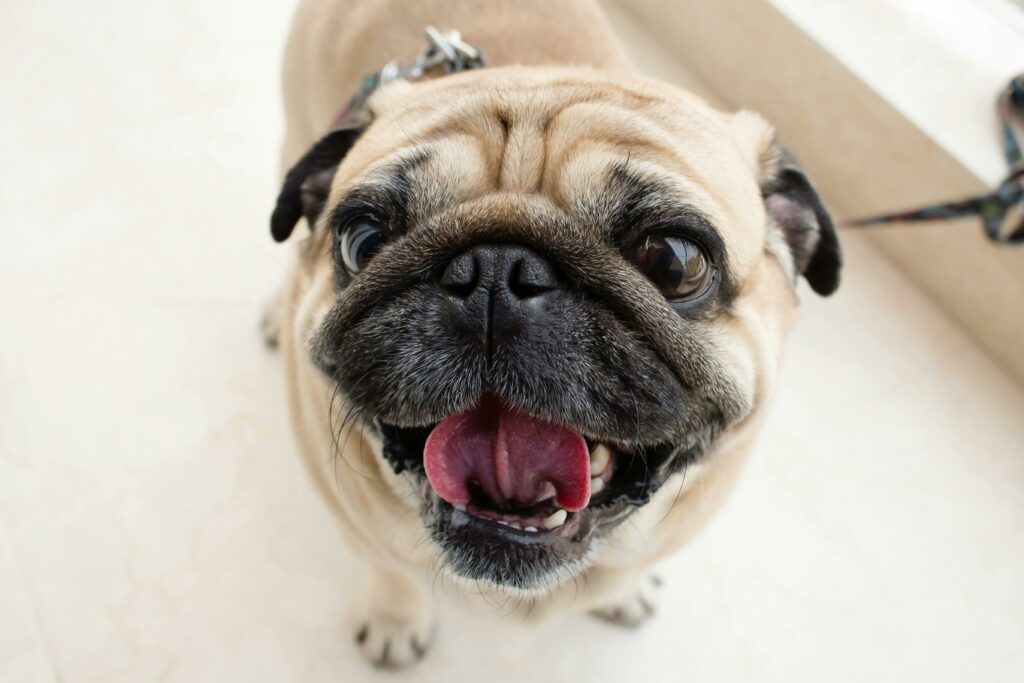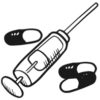
Obesity in dogs is a growing concern among pet owners, leading to various health issues. Ensuring your dog maintains a healthy weight is crucial for their overall well-being and longevity. This guide will help you determine whether your dog is overweight and provide practical tips for weight management.
How to Assess Your Dog’s Weight
1. Check Their Body Shape
A healthy dog should have a visible waistline when viewed from above. If their body appears rounded with no definition, they may be overweight.
2. Feel for Ribs and Spine
Run your hands along your dog’s ribcage. You should be able to feel their ribs without pressing too hard. If you struggle to feel them, your dog may be carrying excess weight.
3. Observe Their Energy Levels
Dogs at a healthy weight are typically more energetic. If your dog appears sluggish or tires easily, excess weight might be the culprit.
4. Use a Weight Chart
Many veterinary sources provide breed-specific weight charts. Compare your dog’s weight with the standard for their breed to see if they fall within a healthy range.
5. Consult a Veterinarian
If you’re unsure about your dog’s weight, seek professional advice. A vet can assess their body condition score (BCS) and recommend appropriate changes.
Health Risks of an Overweight Dog
Excess weight can lead to serious health problems, including:
Joint Problems: Extra weight puts pressure on joints, leading to arthritis and mobility issues.
Heart Disease: Obesity increases the risk of cardiovascular problems.
Diabetes: Overweight dogs are more prone to insulin resistance.
Shortened Lifespan: Studies show obese dogs tend to live shorter lives than their healthy-weight counterparts.
Respiratory Issues: Excess fat can compress the chest cavity, making breathing more difficult.
Effective Weight Management for Dogs
1. Control Portion Sizes
Many pet owners overfeed their dogs without realizing it. Follow recommended portion sizes based on your dog’s breed, age, and activity level.
2. Choose Nutrient-Dense Foods
Opt for high-quality, protein-rich dog food with balanced nutrients. Avoid excessive fillers like corn and soy, which contribute to weight gain.
3. Limit Treats and Table Scraps
Many commercial treats are calorie-dense. Opt for low-calorie alternatives like carrot slices or blueberries, and avoid feeding table scraps.
4. Increase Physical Activity
Exercise is essential for weight loss and overall health. Depending on your dog’s age and breed, incorporate daily walks, playtime, or swimming sessions.
5. Monitor Progress and Adjust
Regularly weigh your dog and adjust their diet and exercise accordingly. Keeping a log can help track improvements over time.
6. Consider Special Diets
For severely overweight dogs, specialized weight-management dog foods may help. Consult your vet for recommendations.
7. Encourage Slow Eating
Fast eating can lead to overeating. Using slow-feeder bowls or food puzzles can help regulate their intake.
When to Seek Veterinary Help
If your dog is struggling to lose weight despite dietary changes and exercise, an underlying medical issue may be at play. Conditions such as hypothyroidism can contribute to weight gain. A veterinarian can conduct tests and provide targeted solutions.

Conclusion
Maintaining a healthy weight is vital for your dog’s quality of life. By regularly assessing their body condition, managing their diet, and ensuring proper exercise, you can prevent obesity-related health issues and help your furry friend live a longer, happier life.
References
Breed Weight Chart – https://www.akc.org/expert-advice/nutrition/breed-weight-chart/
How to Tell If Your Dog Is in Shape Or Overweight – https://www.akc.org/expert-advice/health/how-to-tell-if-your-dog-is-fat/
Guidelines for Pet Obesity Communication – https://www.worldpetobesity.org/mediaguide#:~:text=Increased%20Disease%20Risk%3A,cardiovascular%20disease%2C%20or%20certain%20cancers.
Guidelines for Pet Obesity Communication
Promoting Respectful Communication about
Animal Obesity – https://www.petobesityprevention.org/media-guide-for-pet-obesity-communication
Share this:
- Click to share on WhatsApp (Opens in new window) WhatsApp
- Click to share on Facebook (Opens in new window) Facebook
- Click to share on LinkedIn (Opens in new window) LinkedIn
- Click to share on Pinterest (Opens in new window) Pinterest
- Click to share on Tumblr (Opens in new window) Tumblr
- Click to share on X (Opens in new window) X
- Click to share on Reddit (Opens in new window) Reddit
- Click to share on Telegram (Opens in new window) Telegram
- Click to email a link to a friend (Opens in new window) Email
- Click to print (Opens in new window) Print






























